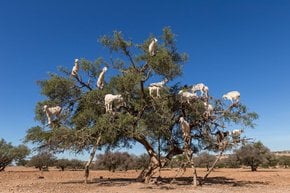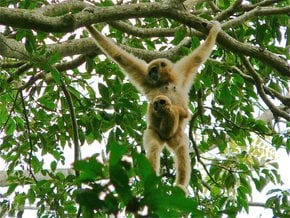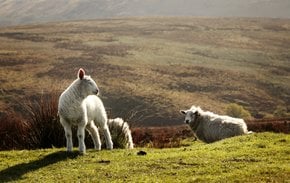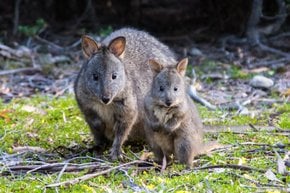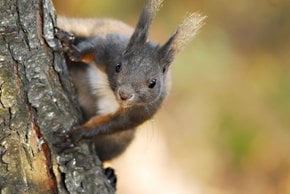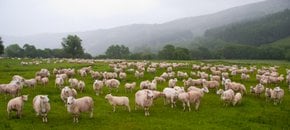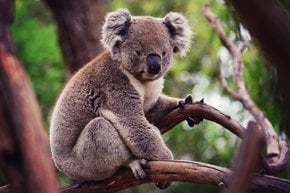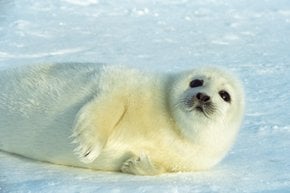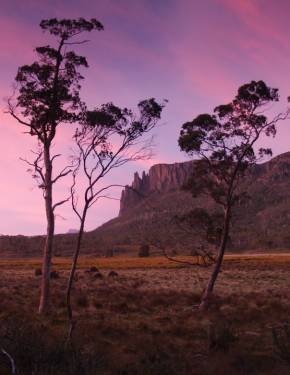Mountain Pygmy Possum in New South Wales 2025-2026
A rare kind of possum once considered an extinct species is now found in a decent population of some 2600 individuals, yet only within 10 km radius of Australia's highlands
Best time: November–February
A small cute mammal scientifically called Mountain Pygmy Possum is one of five existing possum species, and the only kind that is used to live in Australian highlands, actually exclusively there, and nowhere else. Like kangaroos and wombats, these also belong to marsupials, but unlike others, mountain pygmy possums hibernate for half a year or even more. Hibernation season is Australian winter and it may start as early as March and continue to as late as November. Therefore, the best season to spot active animalcules is from November to February, when the possums breed and feed to put on fat before they fall into hibernation for another half a year. Also, note that mountain pygmy possum is a nocturnal animal. Maybe that's because their favourite food is moths?
The first scientific description of Mountain Pygmy Possum was done by Robert Broom back in 1896. The data were gathered as based on the study of the Pleistocene fossil, as the species itself was considered to be extinct. Imagine what a great surprise it must have been to once reveal a living possum! This fascinating encounter happened in Victoria's Ski Club Lodge on Mount Hotham in 1966. Still, it was the only possum found so far, and the following year it was enlisted into the Guinness Book of Records as the rarest species on Earth. However, further surveys discovered more and more colonies within Victorian Alps and New South Wales. Today's population consists of about 2600 individuals, inhabiting solely mountainous areas at 1,200 to 2,228 m above the sea, in particular, Mount Buller and Mount Higginbotham in Victoria, and Kosciuszko National Park in New South Wales. They are also bred in captivity for the sake of species preservation.
When you decide to climb Australia's highest peaks, watch out in front of your feet, as you might step on one of these adorable fellows. They are mainly terrestrial but are also able to climb. It must be a moment of true delight to hold such a cute furball on your palm.









